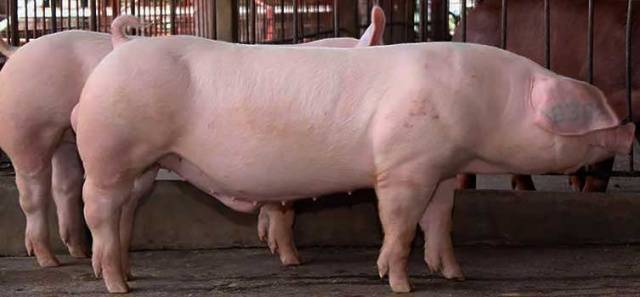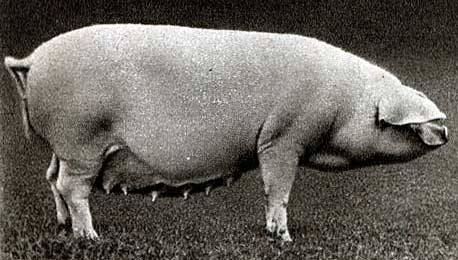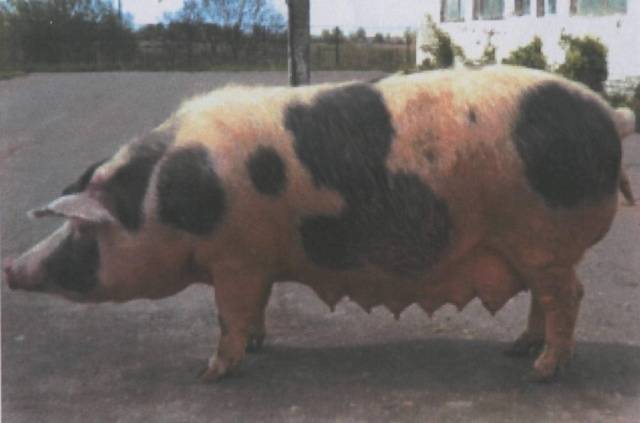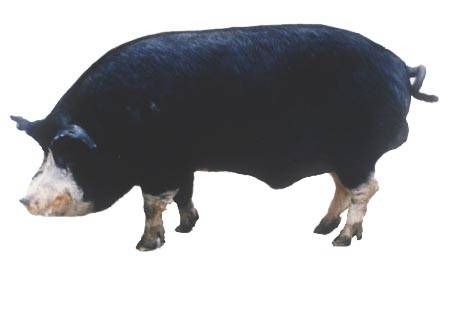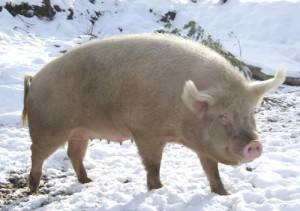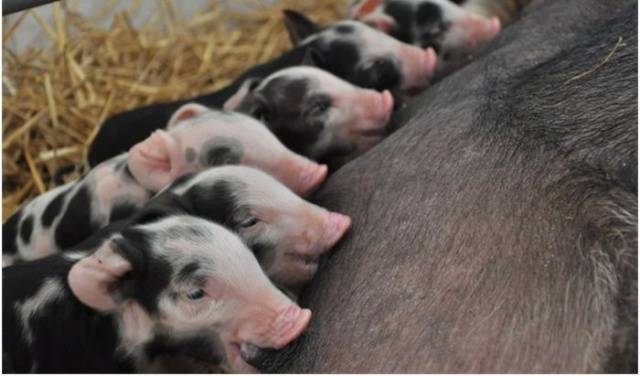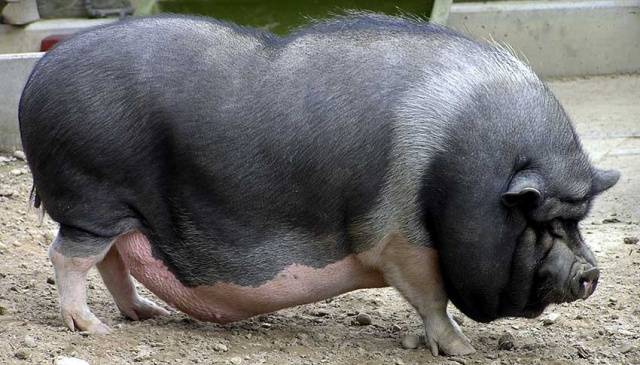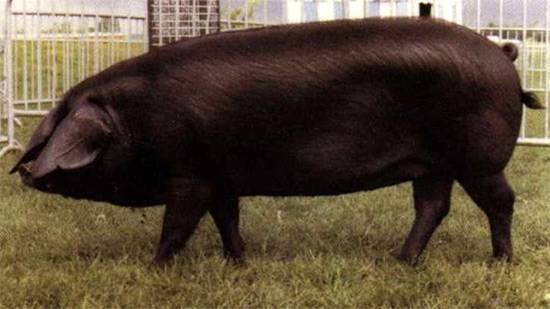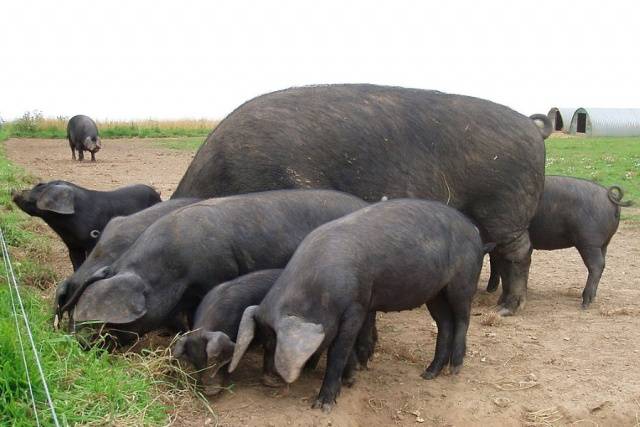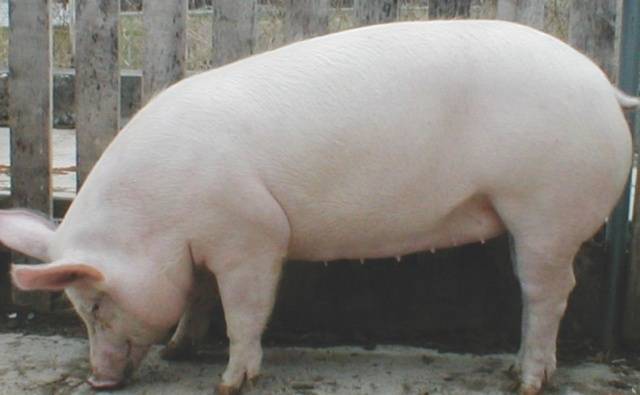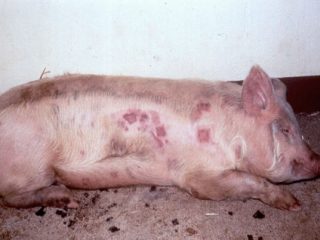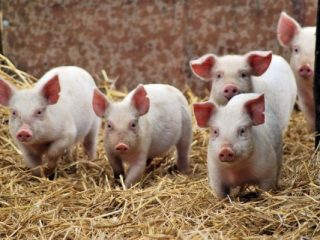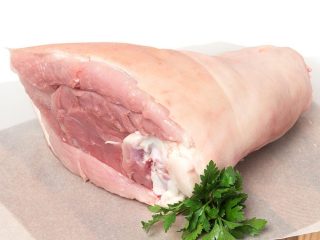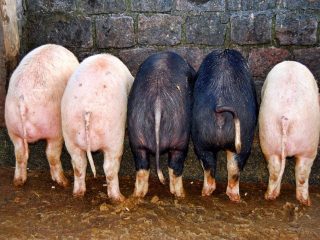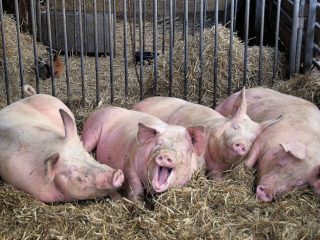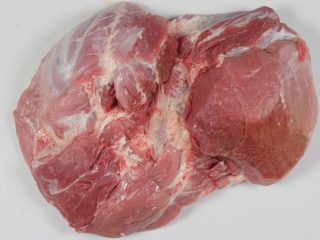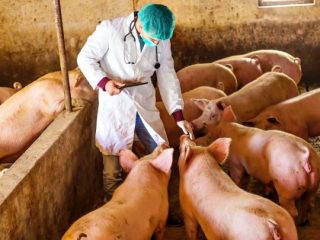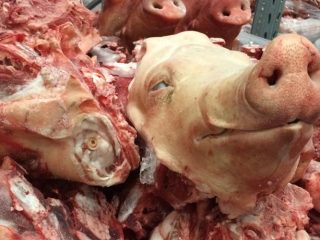Content
When thinking about raising pigs on your private backyard, it is better to calculate in advance your strength in raising piglets and caring for them. The area that you can afford to allocate for a pigsty also needs to be calculated in advance, taking into account the number of planned heads and breeds. It is possible that the decision which breed of pigs to raise in a particular yard will directly depend on the area allocated for the pigsty. The profitability of a particular breed largely depends on the fashion and preferences of the population living in the area.
If lard is in great demand in an area, lard pigs are taken for rearing. Under other conditions, you can choose a meat or bacon breed. If raising pigs is planned as a business, and not to provide food for one’s own family, then the demand for pork products is first monitored.
In addition to productive areas, the private owner will also have to choose the size of the pig. A 2-meter-long Landrace requires significantly more space than a Vietnamese pot-bellied pig.
After determining the productive direction, food supply and area for the pigsty, you can choose a breed.
Due to periodic outbreaks of ASF in many regions of Russia, private owners are prohibited from keeping pigs. People take piglets, but 1-2 at a time, and only for themselves. In this case, there can be no talk of any private business.
Meat group
It is believed that there are three types of productive areas in pig farming: tallow, meat-fat and meat. The meat-fat direction may be confused with bacon. But bacon pig breeds, in fact, do not exist. There are meat pigs fed using a special technology for the production of bacon - meat with layers of fat.
The meat and fat industry is the prerogative of Russia. Abroad, there is only one meat and greasy breed: the Berkshire, which is often classified as a greasy breed.
In Russian conditions, it is better to breed domestic pigs, which are better adapted to the Russian climate and feed. There are quite a few Russian meat breeds, although in appearance they are not very similar to the most famous Western meat pigs: Landrace and Duroc.
Russians have a higher percentage of fat and the body looks smoother.
Urzhum pig
Urzhum pigs were bred in the Soviet Union in the mid-20th century in the Kirov region. For breeding, long-term crossbreeding of local pigs with boars of the Great White breed was carried out. The goal of the selection was to obtain a large meat pig, well adapted to the climate of the northern regions of the Union.
The Urzhum pig turned out to be a breed suitable for breeding in the Urals region, in the Mari-El Republic, in the Perm Territory and other adjacent areas. Well adapted to pasture keeping. Sows have a well-developed maternal instinct, which is a serious advantage for breeding this breed.
Externally, Urzhum pigs are very similar to the Great White, but somewhat smaller. Urzhum pigs have a dry head with a long snout and ears tilted forward. The body is long, the chest is deep, the back is narrow. The skeleton is massive and rough. White pigs. The stubble is thick.
At one and a half years old, boars weigh 290 kg, sows 245. Young animals reach a weight of 100 kg at the age of 200 days. In one litter, an Urzhum sow gives birth to 11-12 piglets.
The advantages of the Urzhum pig: the ability to gain weight relatively quickly on bulk succulent feed, instead of grain, and good survival rate of piglets. The disadvantages include a very small subcutaneous layer of fat (28 mm).
Donskaya meat
Bred shortly before the collapse of the USSR by crossing North Caucasian pigs with Pietrain - French meat pig. The Don pig has a powerful body with strong legs and well-developed hams. Color black and piebald. Sows are characterized by good productivity, bearing 10-11 piglets per farrow. Queens have a well-developed maternal instinct.
Weight of adult animals: boar 310 – 320 kg, sow 220 kg.
Advantages of Donskaya meat:
- good frost tolerance;
- ability to gain weight well on any feed;
- high slaughter yield of meat;
- undemanding conditions of detention;
- good immunity.
Although the Don meat breed is a precocious breed, due to the overall small size of the piglets, after six months they will weigh significantly less than 100 kg, which is considered today the usual figure when breeding pigs. In fact, the minus of the Don meat is the small weight of the animals.
Kemerovo
A very interesting pig for breeding in the northern regions. Today there are 2 types of the breed: the old Kemerovo meat-fat type and the new meat Kemerovo breed, bred through complex reproductive crossing.
When breeding the Kemerovo meat pig, the following breeds were used:
- large black;
- Berkshire;
- long-eared white;
- Siberian northern;
- large white.
Local sows were crossed with sires of the specified breeds and the offspring were selected for early maturity and adaptability to local climatic conditions. The new Kemerovo was approved in 1960.
Today, the Kemerovo pig is bred in Western Siberia, the Far East, Sakhalin, the Republic of Tyva, the Krasnoyarsk Territory and northern Kazakhstan.
The Kemerovo pig is a strong, large animal of regular build. The back is wide. The length of boars reaches 180 cm with a chest girth of 160 cm. Sows are 170 and 150 cm, respectively. The weight of a boar is 330 - 350 kg, a sow is 230 -250 kg. The main color is black with small white markings. But animals of variegated colors can also be found.
This is one of the largest domestic breeds. At 30 days the piglet weighs just under 8 kg. But since Kemerovo piglets are fast-growing, by six months the weight of the young animals reaches 100 kg. The slaughter yield of meat for this breed is 55 - 60%.
Kemerovo sows are distinguished by multiple births, bearing 10 piglets per farrow. Piglets have a high ability to survive.
The advantages of the Kemerovo pig are its adaptability to cold climates, its high ability to reproduce and its docile, calm disposition.
The disadvantages include the breed’s high demands on feed. With low-quality feed, Kemerovo pigs show very low meat productivity.
In the southern regions it is much more profitable to breed European meat pigs: Landrace or Duroc. But we must remember that to obtain high quality meat, high quality feed is required. These pigs are demanding of feed and living conditions.
For private owners, the main problem when keeping these breeds is the body length of pigs.
Landrace and Duroc can easily reach 2 m in length. They are advantageous in that, with an elegant skeleton, they have a fairly large muscle mass. The slaughter yield of meat from pigs of these breeds is about 60%.
The main disadvantage of Duroc is the low fertility of sows. Because of this, Durocs are often used to produce hybrids that can already be grown for meat.
Universal direction
All-purpose or meat-fat pigs are preferred in northern regions, since lard provides more energy than meat. Or in areas that traditionally consume fatty pork. One of these northern breeds that provides its owners with a sufficient amount of calories in winter is the Siberian northern breed.
Siberian northern
A breed well suited for growing beyond the Urals.It began to be created even before World War II by crossing local short-eared pigs with Great White boars. The new breed was registered in 1942.
Pigs of strong constitution, medium size. The back is wide. The legs are short, the hams are well developed. The length of boars is up to 185 cm, sows – up to 165 cm. The main color of the Siberian northern is white. Possible red tint.
North Siberian sows gain weight up to 250 kg, boars up to 350. The sows give birth to an average of 11 piglets per farrow. By the age of 6 months, piglets reach a weight of 95–100 kg.
The Siberian northern pig is ideally adapted to the conditions of southern Siberia. It is bred in the Krasnoyarsk and Khabarovsk territories, in the Tomsk, Irkutsk and Novosibirsk regions, and in the Amur region.
The advantages of the breed include good adaptability to the harsh conditions of Siberia. Thick protective hair with undercoat helps Siberian northern pigs withstand severe frosts in winter, and in summer saves them from midges. The character is calm.
The disadvantages of the breed relate to exterior defects. The Northern Siberian needs further selection to improve the constitution, meat qualities and early maturity.
Mirgorodskaya
Bred in Ukraine by crossing local short-eared pigs with large white, Berkshire and Tamworth pigs. The piebald color, characteristic of the Mirgorod breed, was inherited from its Ukrainian ancestors. There are also black and black-and-red pigs. Mirgorod pigs produce lard with high taste characteristics, but the quality of the meat leaves much to be desired. The length of boars is up to 180 cm, sows up to 170 cm. The weight of adult pigs is 220 - 330 kg.
The weight of piglets reaches 100 kg by six months. At the same time, the slaughter yield of meat is 55%.A small amount of meat is compensated by a significant amount of fat - 38%.
The advantages of the breed include the multiple births of sows, unpretentiousness to feed, the ability to fatten well on pasture and good adaptability to forest-steppe conditions.
Cons: low slaughter yield of meat, low taste and poor adaptability to cold climates.
Pigs suffer greatly from the cold and need an insulated pigsty.
Mirgorod pig. 3 months
Vietnamese pot-bellied
Pot bellies are classified either as meat, or as meat-greasy, or even generally as greasy. This is due to the fact that in Southeast Asia, not only pot-bellied pigs are bred. There are also different directions, and what breed was in the ancestors of a particular pig is unknown. Moreover, they are actively mixed with large breeds.
Even purebred Vietnamese have intrabreed lines. In general, we can say that the Vietnamese potbellied is a meat breed, while it is on a diet of voluminous green food; and meat-fat - as soon as it switches to grain concentrates. Even 4-month-old piglets raised on grain feed have a 2 cm layer of fat on their sides and back.
For individuals, pot-bellied pigs are convenient due to their small size. To live, they require a significantly smaller area than a large pig.
Greasy group
There are relatively many tallow pigs, but for some reason all of them were not bred in Russia. The most common: large black and Berkshire - of English origin. Sebaceous is sometimes referred to as Hungarian mangalica and some Ukrainian breeds of pigs.But there is no strict distinction between meat-fat and greasy, and the “productive direction” of a particular pig, just like the Vietnamese pot-bellied pig, often depends on the diet rather than the breed.
Large black
The large black one was imported into the USSR in the mid-twentieth century from Germany, although its homeland is England. Advantageous for breeding in Central Russia. The large black one easily tolerates heat, so it can be bred in more southern regions: in the Stavropol Territory and the Krasnodar Territory. This pig is not suitable for breeding in cold climates.
The body length of a boar is 173 cm, that of a pig is 160 cm. Weight is 350 and 250 kg, respectively. Slaughter yield is 60-65%, of which on average 50% meat and 40% lard. Sows give birth to 10 piglets per farrow. By the age of 6 months, piglets weigh 100 kg.
The disadvantages of a large black include the effeminacy of the constitution.
On the other hand, an animal with a delicate constitution is more painful and requires more attention.
Large white
The big white pig, the main breed of pig farms, stands out separately. And the key word here is “pig farms”. The Great White could replace all other breeds of pigs in any of the productive areas. Within the breed there are all three lines: meat, greasy and meat-greasy. But it’s difficult to recommend this pig to a private owner. The breed is demanding in terms of feed and living conditions. To get the best results, she needs to create living conditions similar to those in a pig farm. For private owners this is unrealistic. If the conditions of keeping and feeding are not observed, the results will be approximately the same as those of domestic breeds of the corresponding directions.
Conclusion
The question of “which breed of pigs is more profitable to breed” in practice is solved simply for a private owner: which one is closest. Buying highly productive piglets of specialized breeds often does not make sense, since the cost of raising a piglet will need to include not only the cost of feed, but also the cost of transportation. On the market, pork from an outbred pig and from a purebred pig will cost the same. Only large enterprises can afford to purchase purebred piglets and transport them over long distances. Or enthusiasts who are interested in the breed, not the benefits.
